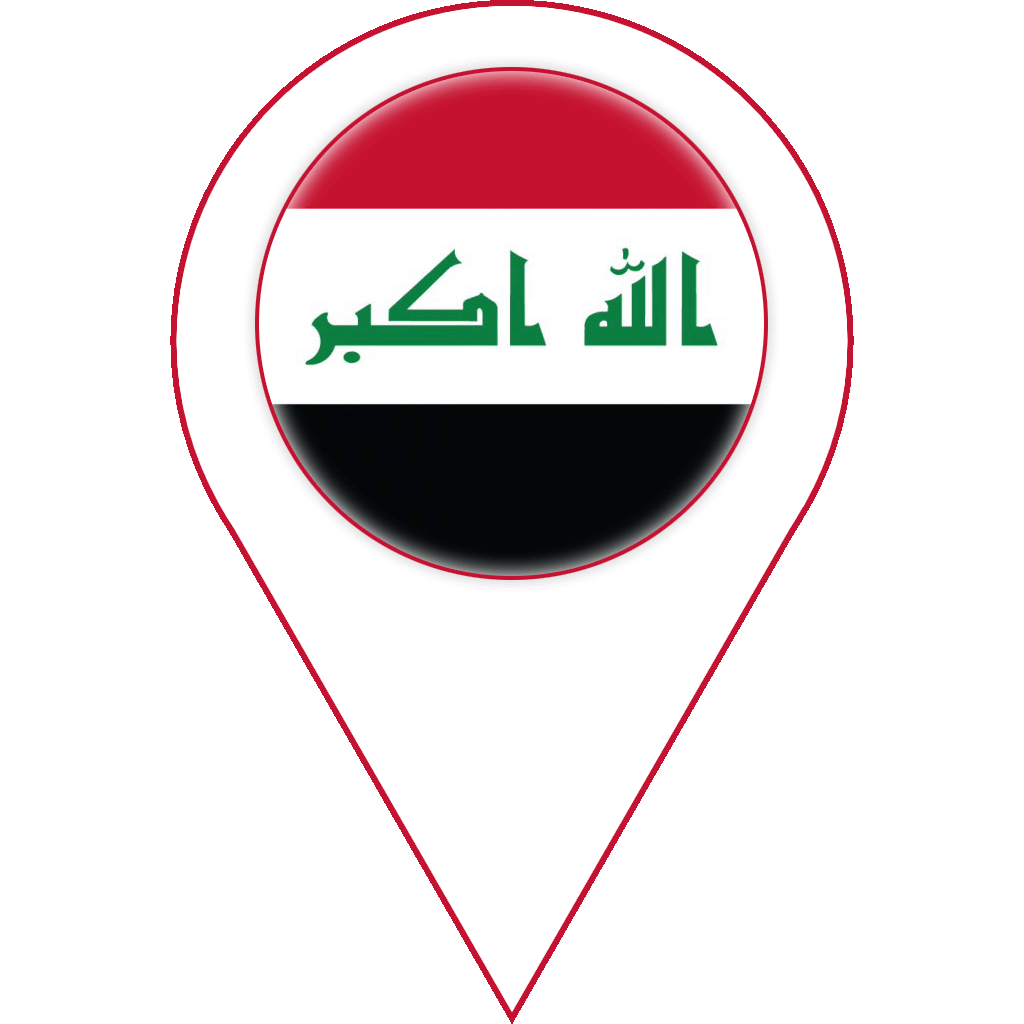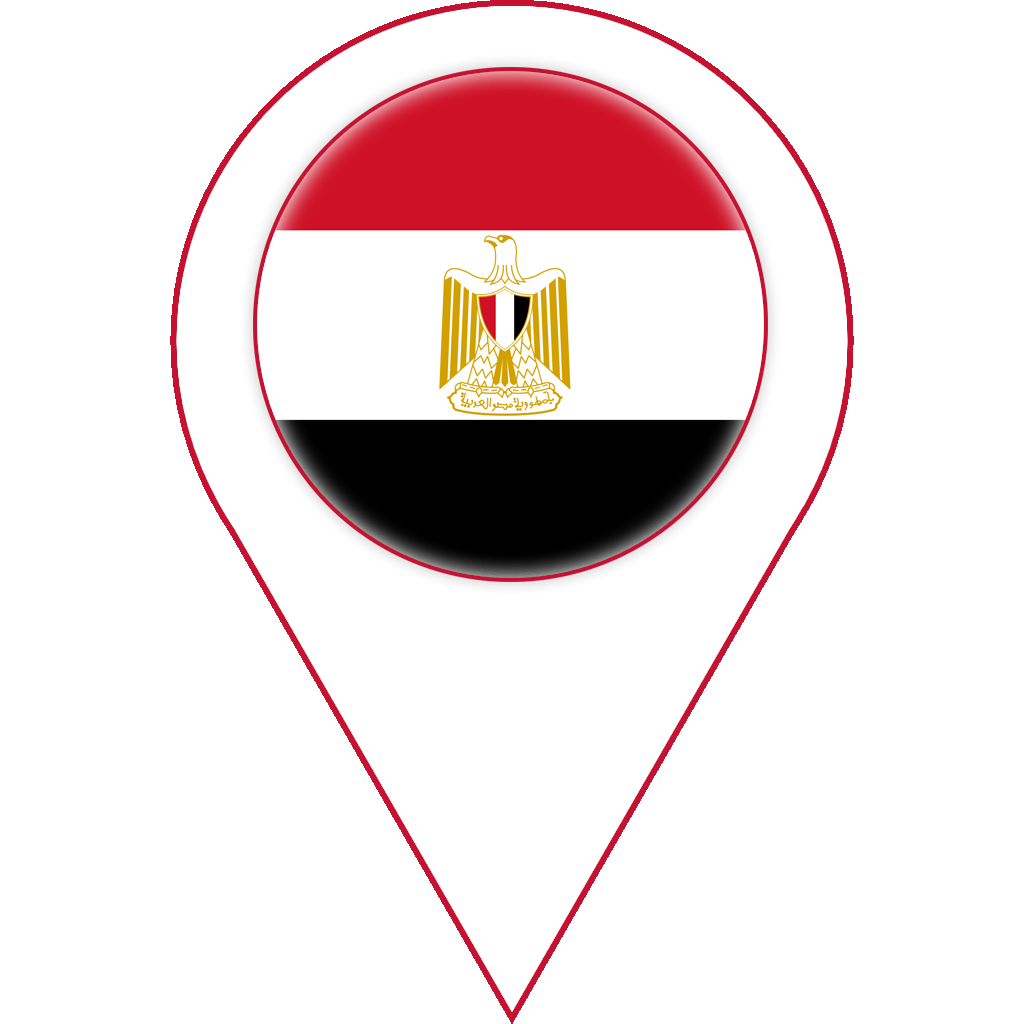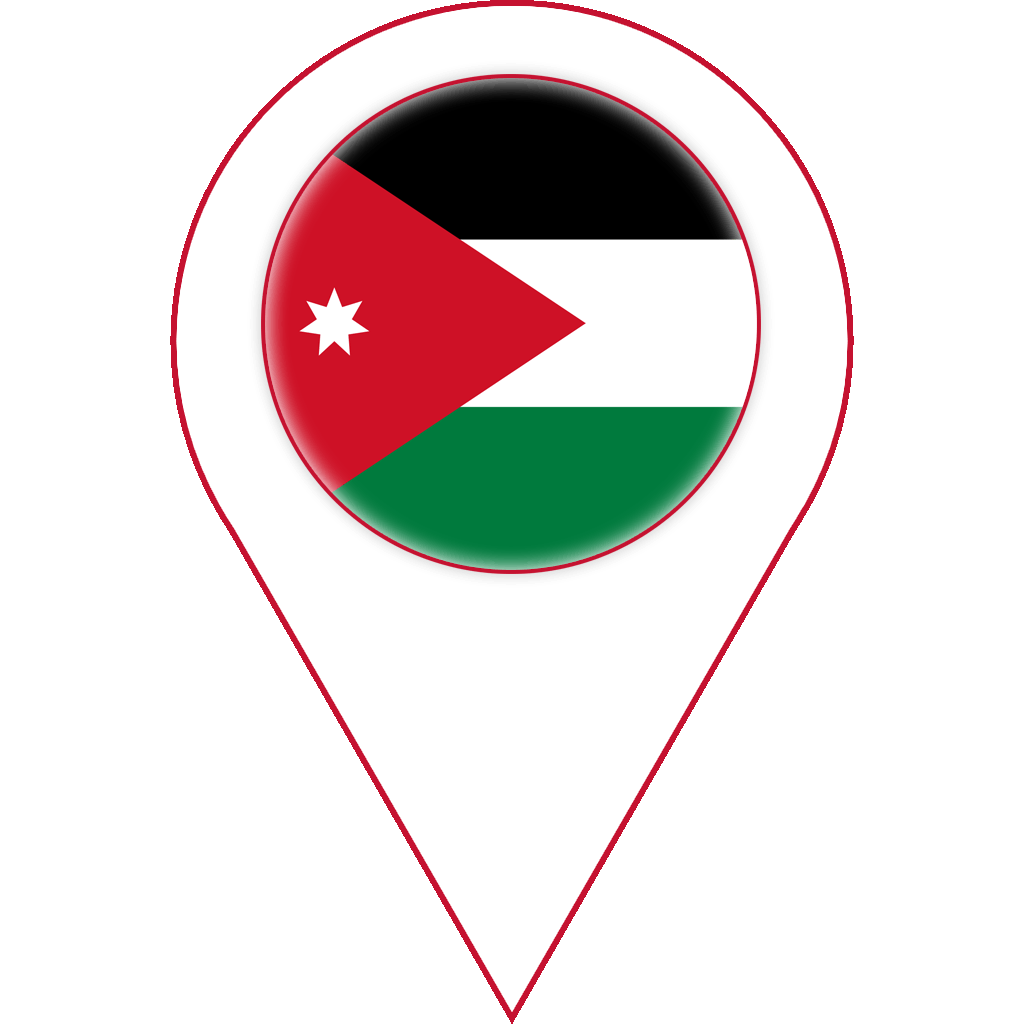Ancient arab civilizations
Humans have a long and mysterious history. Many different types of people have worked together to figure out the mysteries of our past. Archeologists have discovered artifacts that give us clues about our past. Historians study primary and secondary resources and connect ideas and make theories. Scientists use experiments to examine artifacts and test historical theories. Thousands of other people of all ages have explored the past and tried to make new connections to understand our history. All of this work has put together a more clear idea of our past, but there are still many mysteries left to solve!
click on the markers to discover the civilizations.

Ancient Iraq (Mesopotamia)
Babylon, the center of Mesopotamia for two millennia and one of the most notorious cities of the ancient world, is located 52 miles south of Baghdad. Founded around 2300 BC, the city is considered to be one of the earliest cradles of civilization, and a cultural center for art, science, and literature. Situated with access to both Tigris and Euphrates rivers, Babylon was a coveted city and served as the capital for 10 Mesopotamian empires. Guarded by massive walls, Babylon was most powerful city in the world, attracting people, ideas, and products from all walks of life.

Ancient Egypt
The Great Sphinx of Giza is the largest, the oldest and probably the most famous monumental statues in the world and an iconic symbol of Ancient Egypt. It is a massive seventy-three and a half meters (two hundred and forty-one feet)long and twenty meters (sixty-six feet) high. It takes the form of a couchant lion with the head of a man wearing the Nemes headdress of a pharaoh (although some have argued that it originally had the head of a lion and was later recarved). However, there are numerous debates about its meaning, its age and the name of the pharaoh that built it.

Ancient City of Petra, Jordan
The city of Petra, capital of the Nabataean Arabs, is one of the most famous archaeological sites in the world, it is Located 240 km south of the capital Amman and 120 km north of the red sea town of Aqapa (see the Map), Petra the world wonder is undoubtedly Jordan's most valuable treasure and greatest tourist attraction, and it is visited by tourists from all over the world. It is not known precisely when Petra was built, but the city began to prosper as the capital of the Nabataean Empire from the 1st century BC, which grew rich through trade in frankincense, myrrh, and spices.








